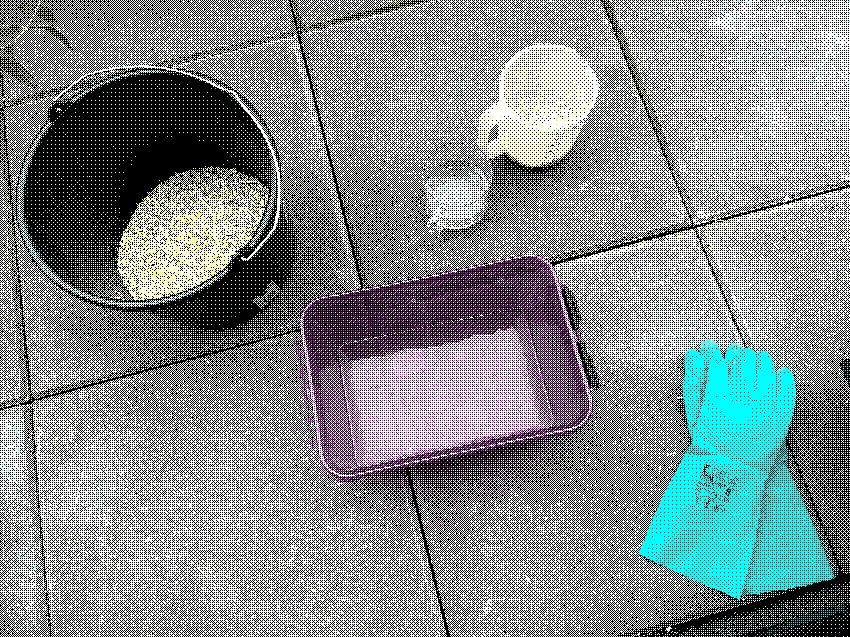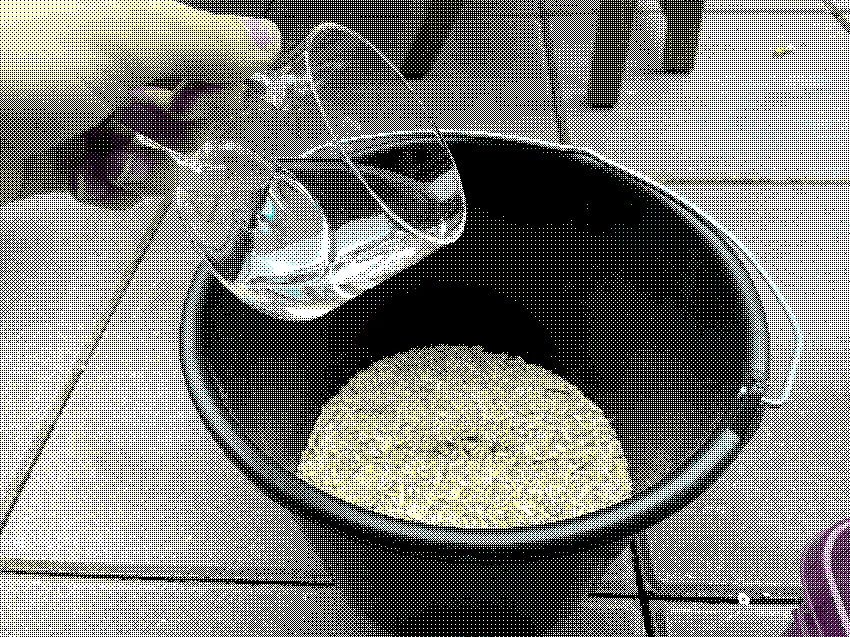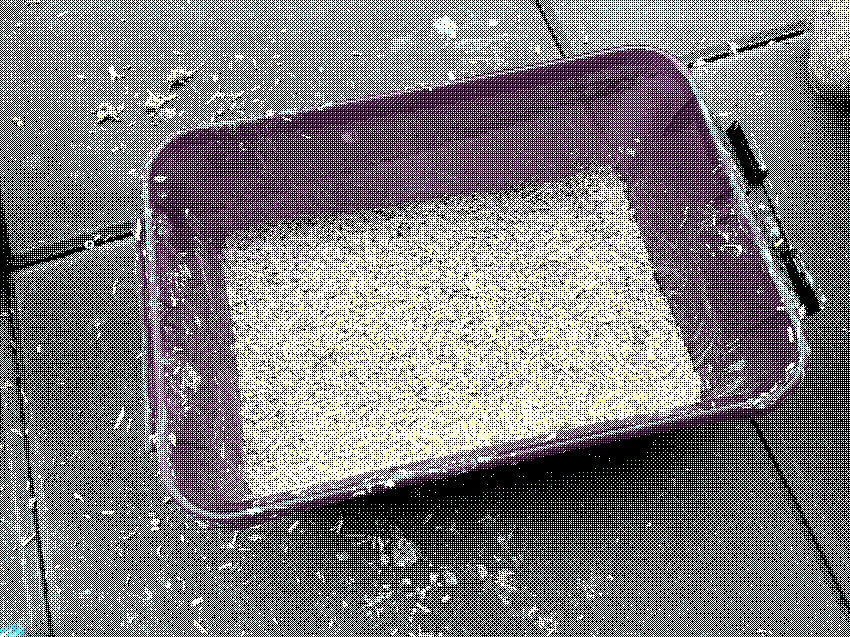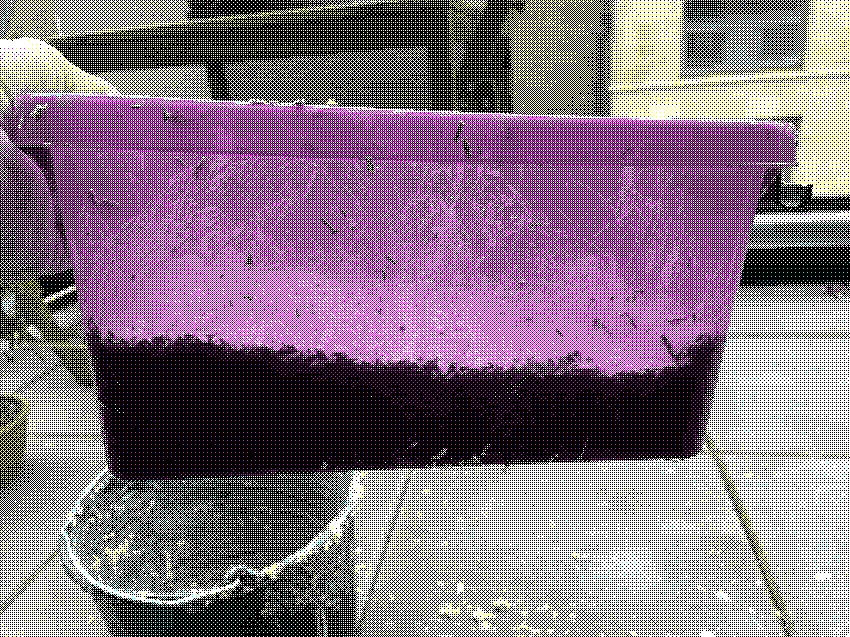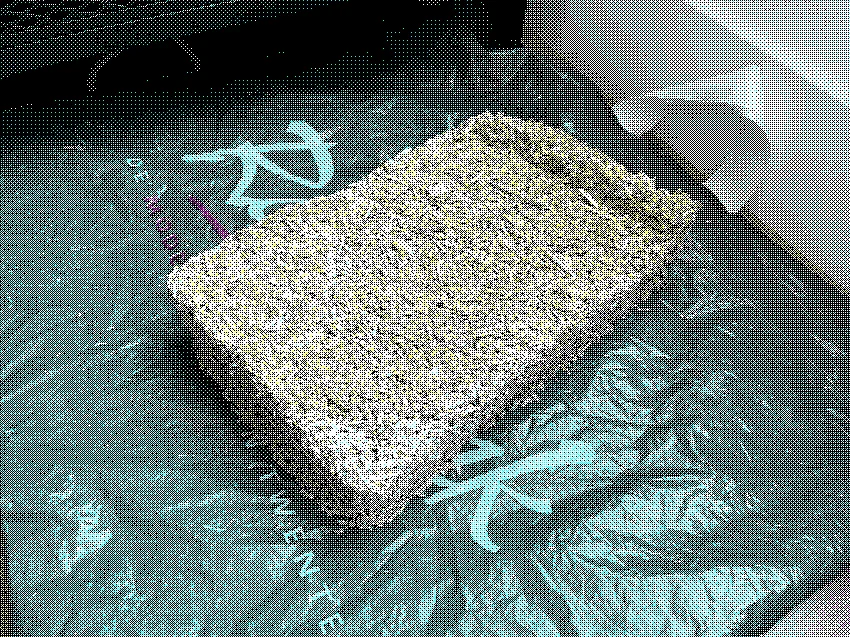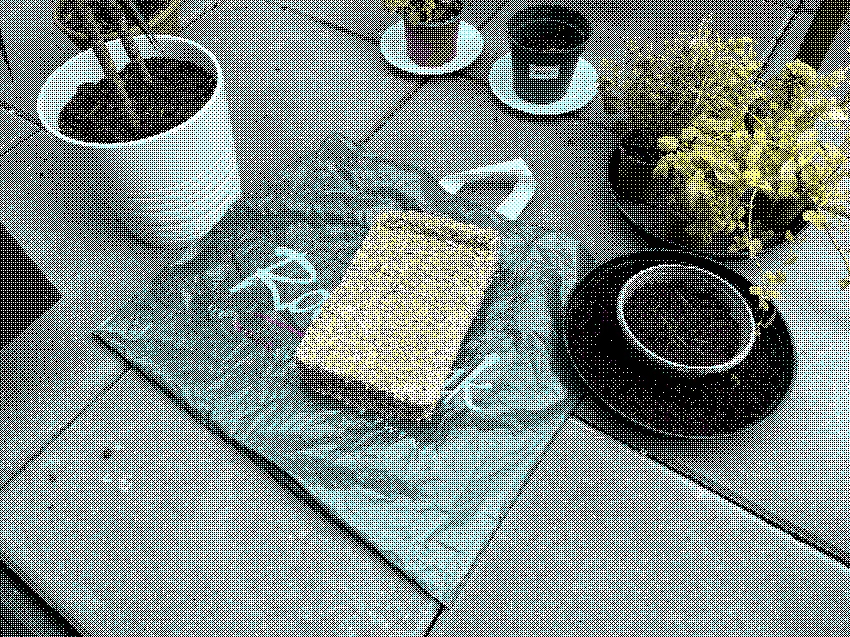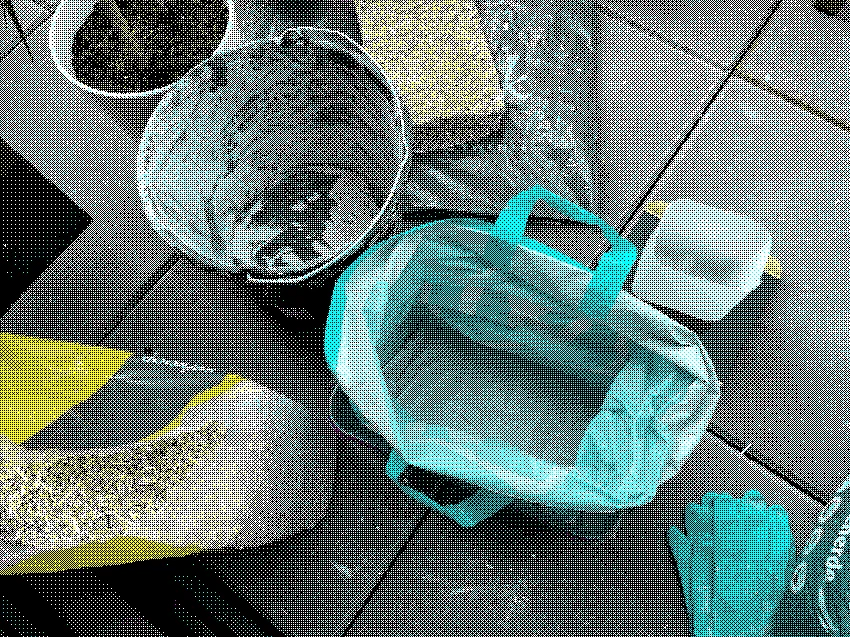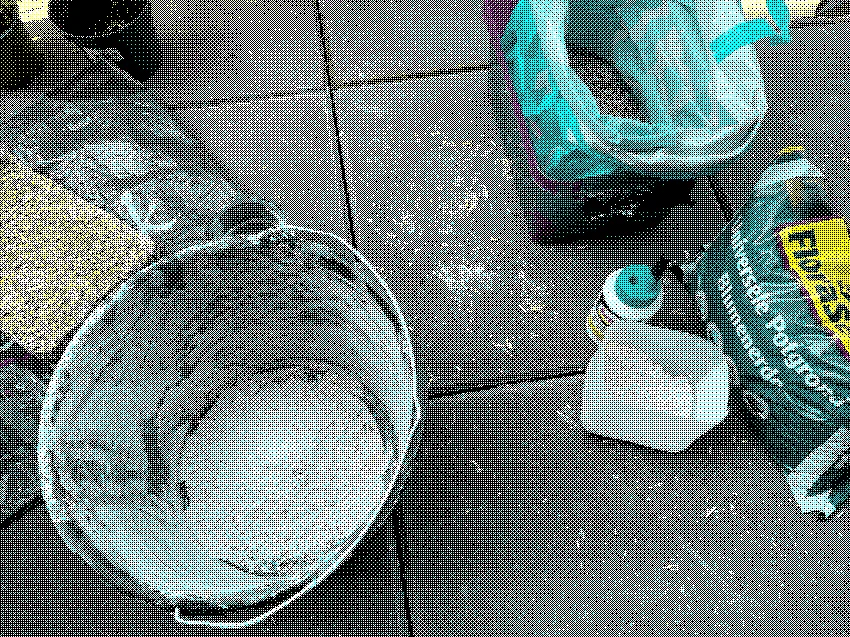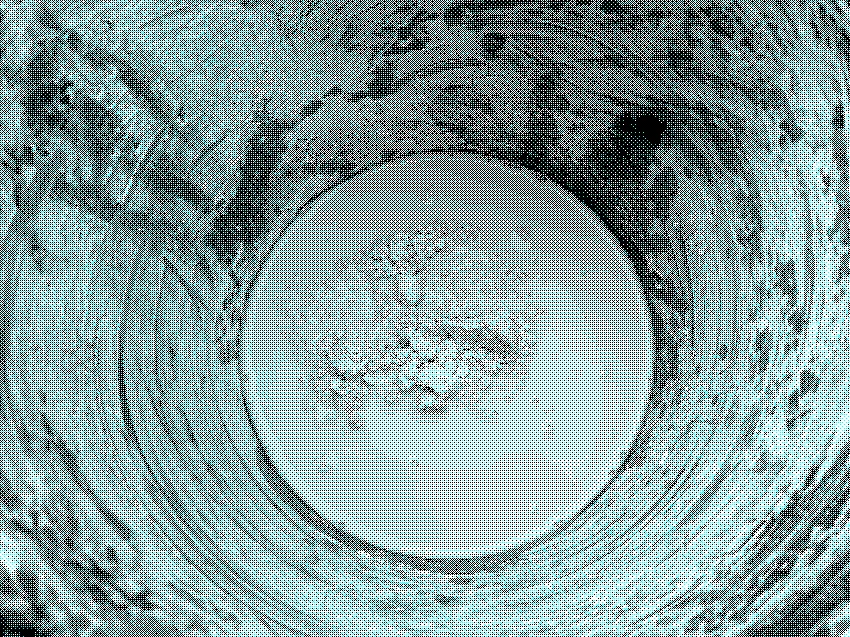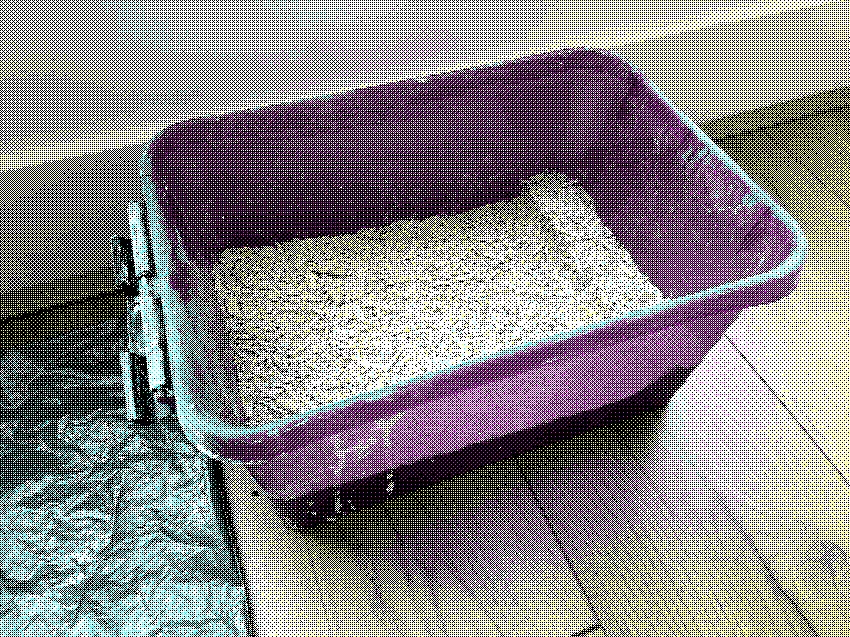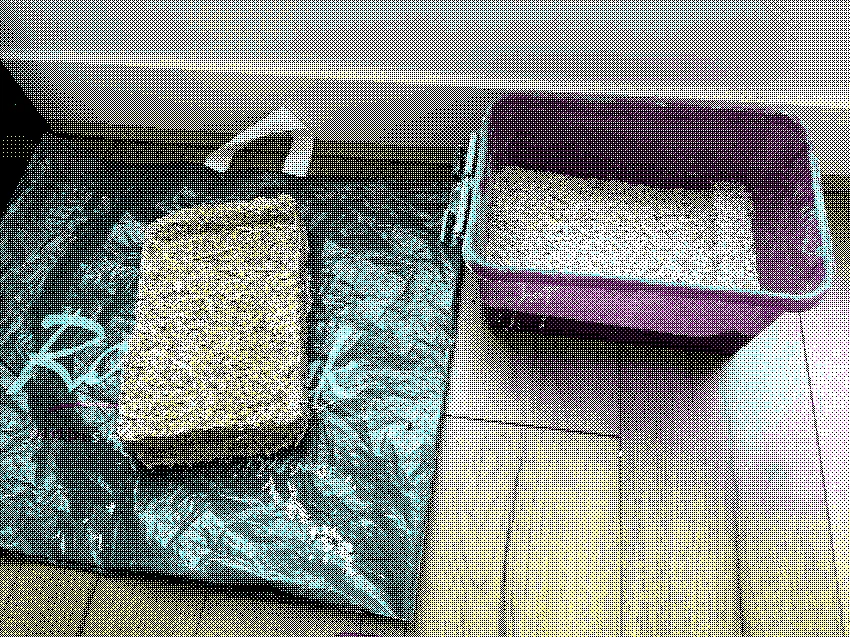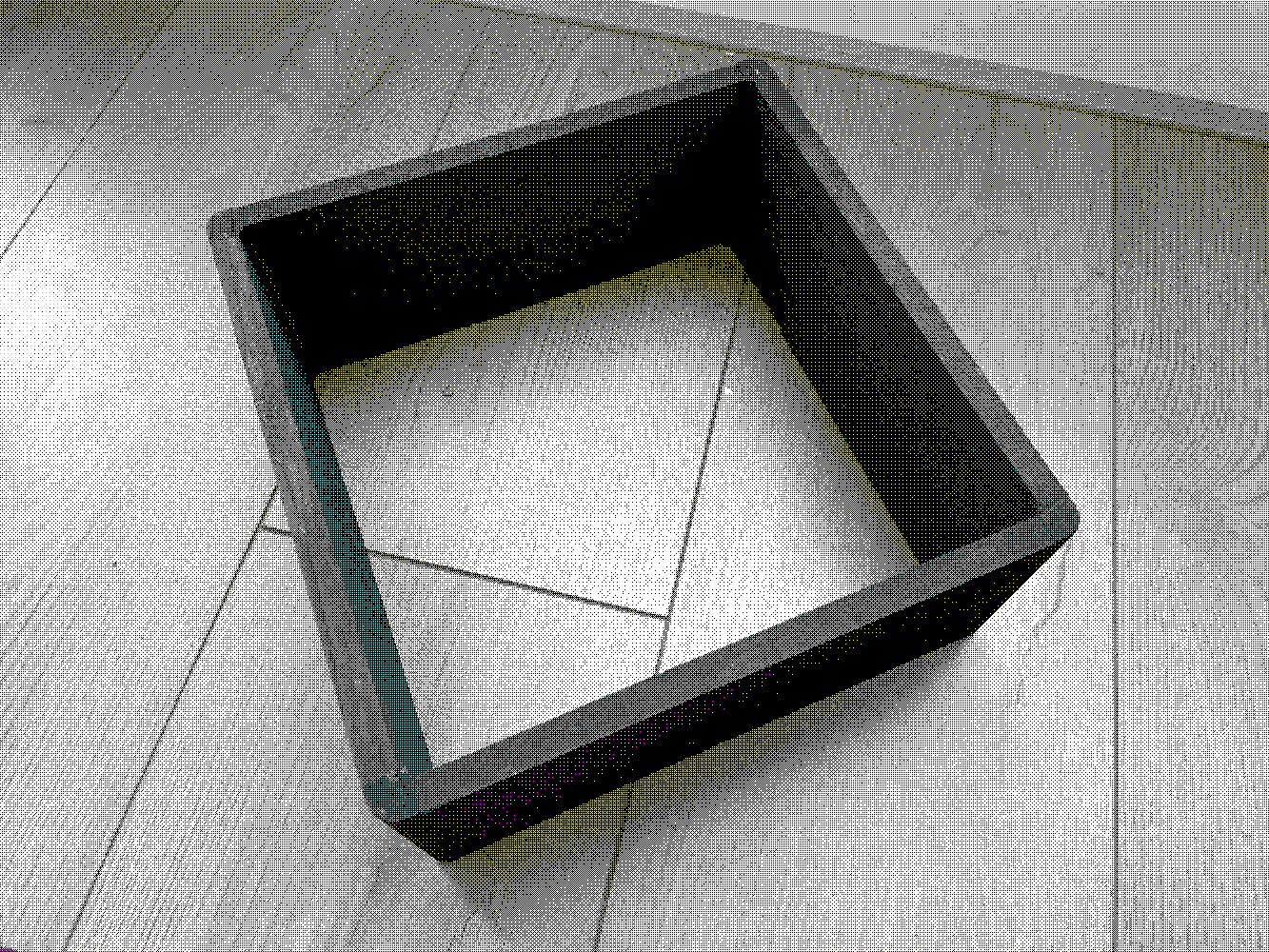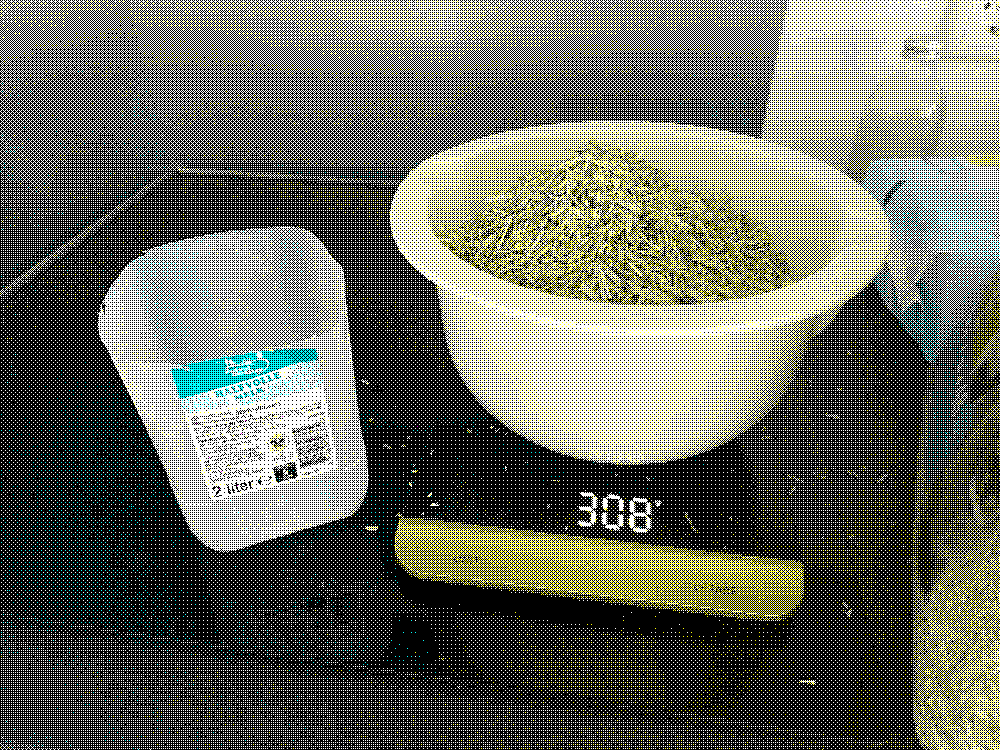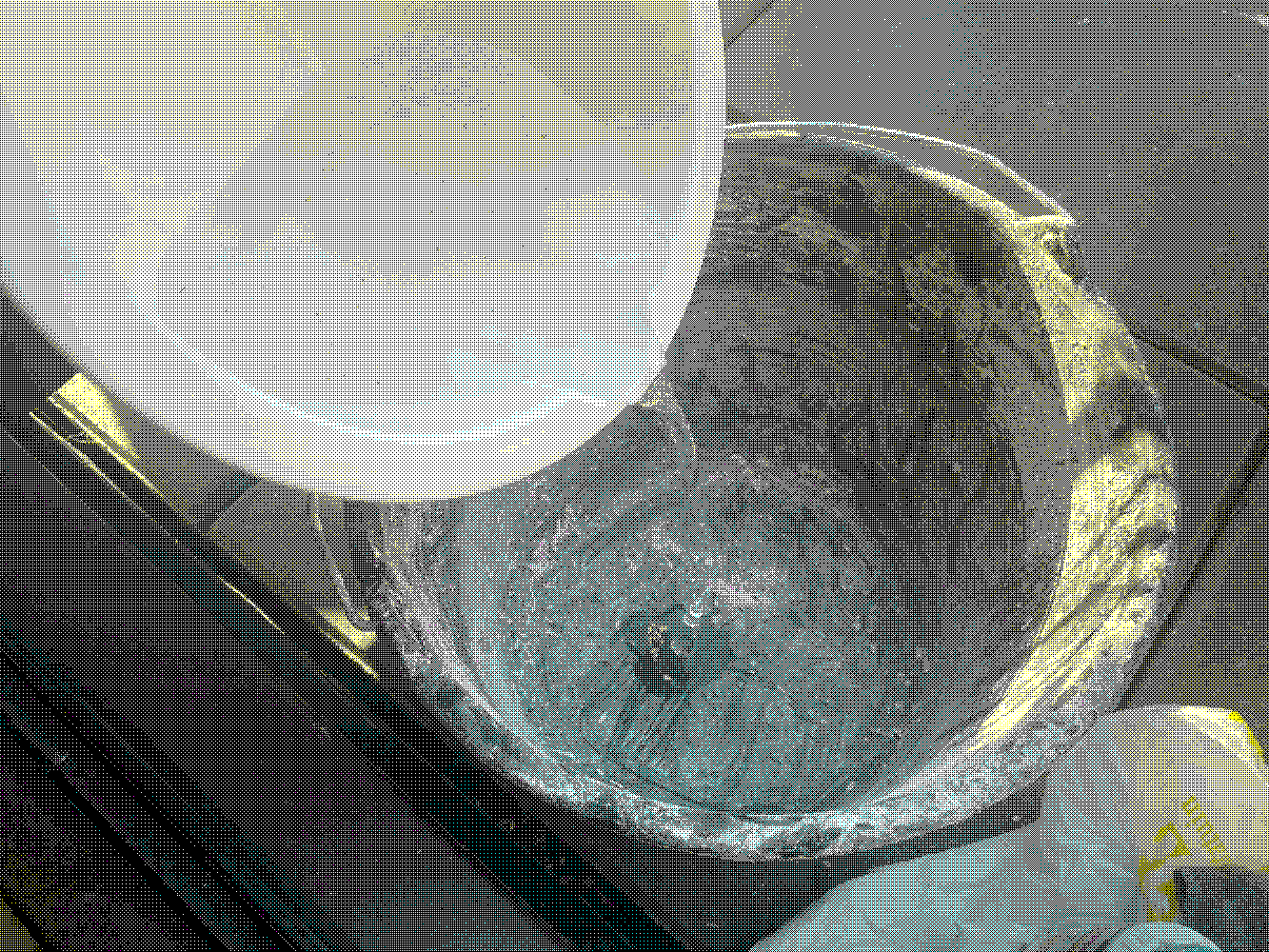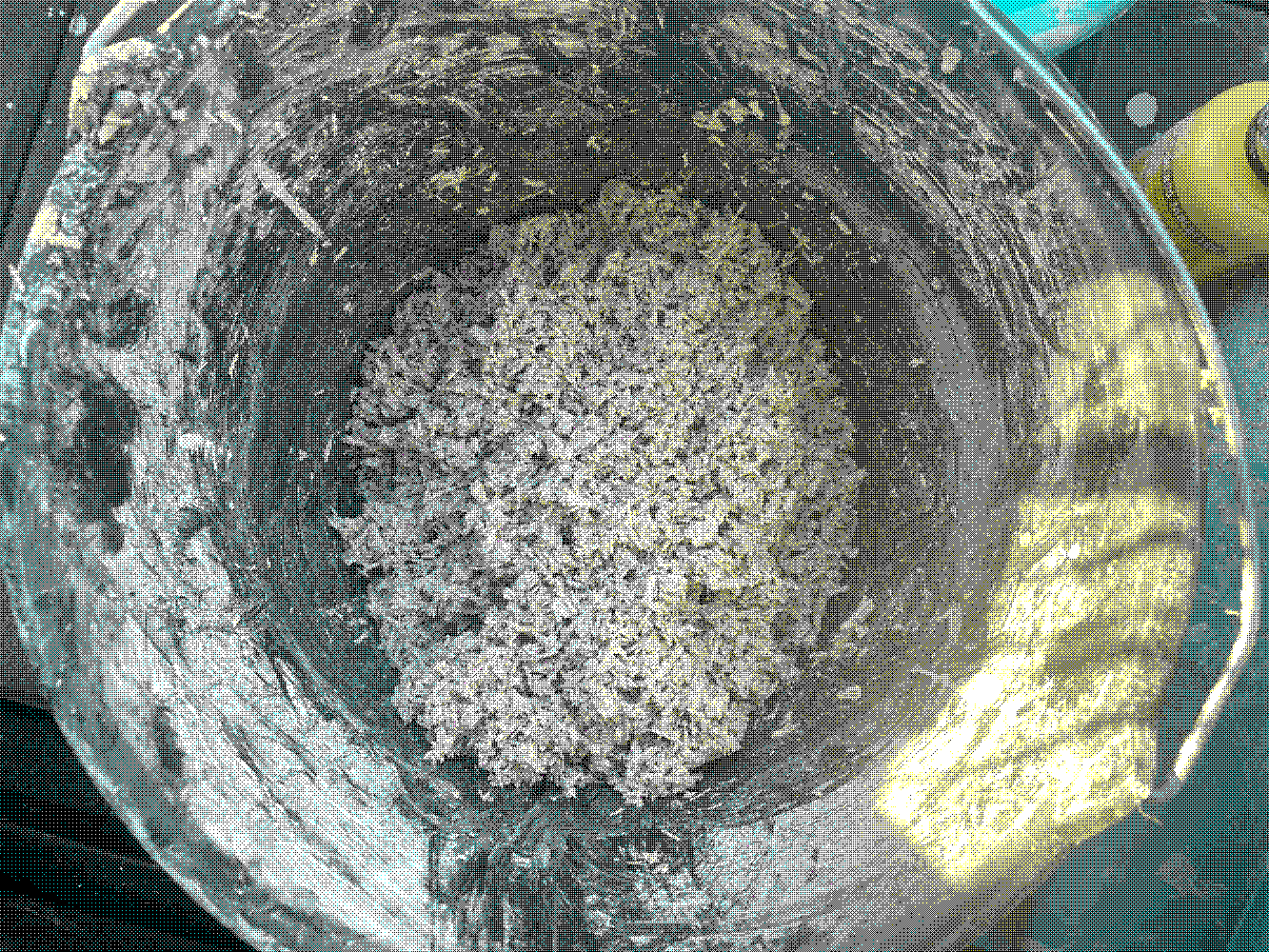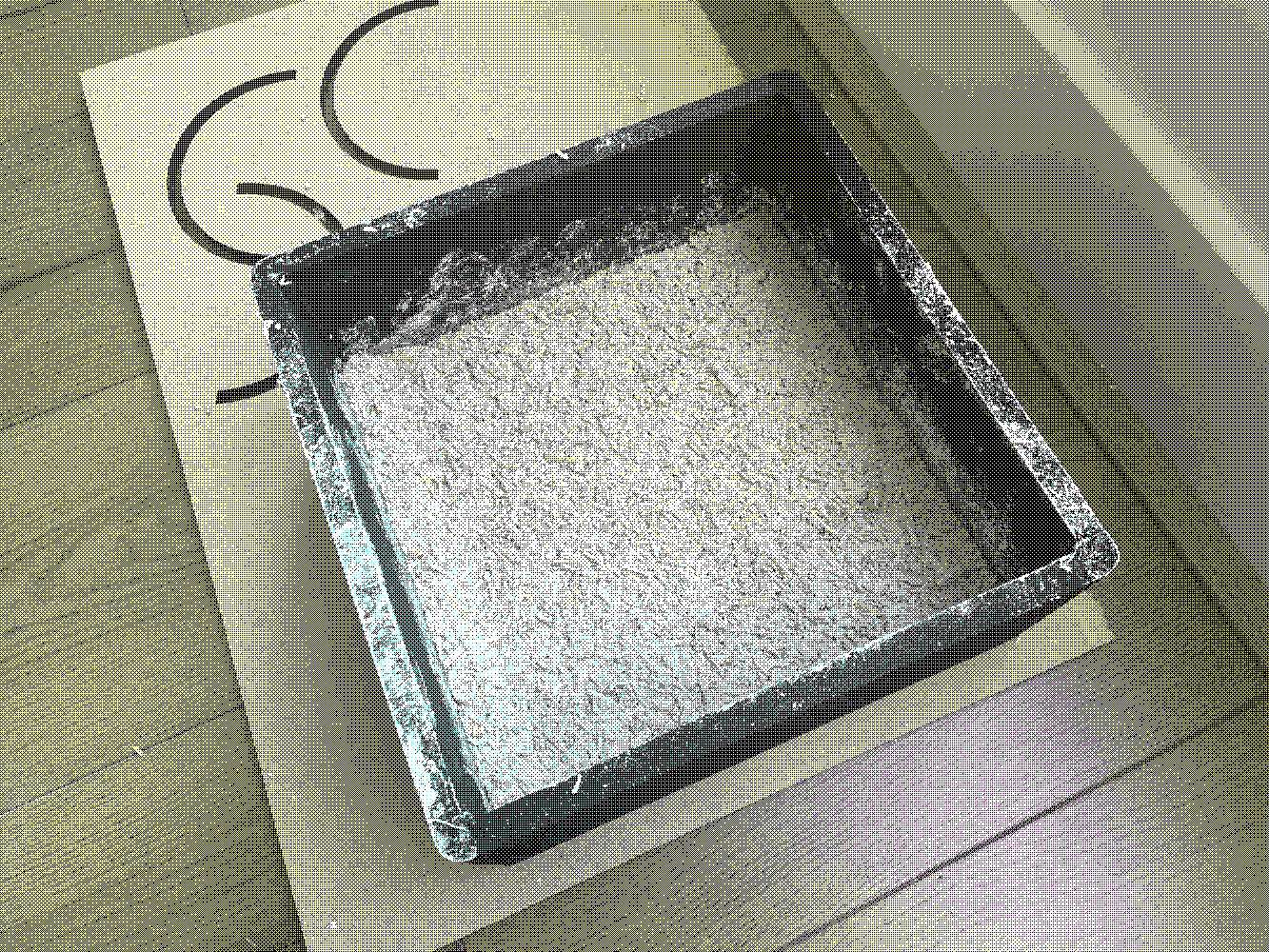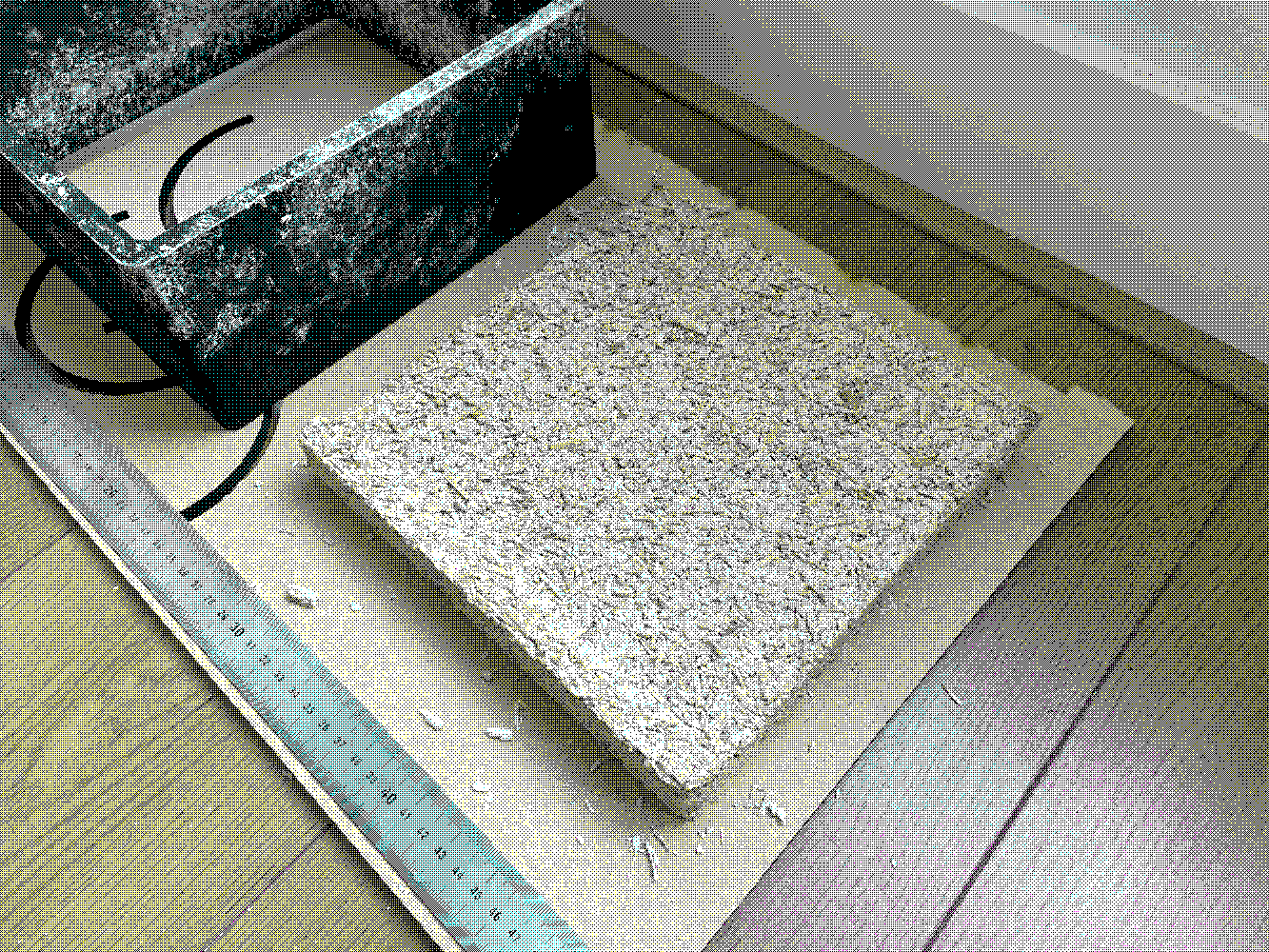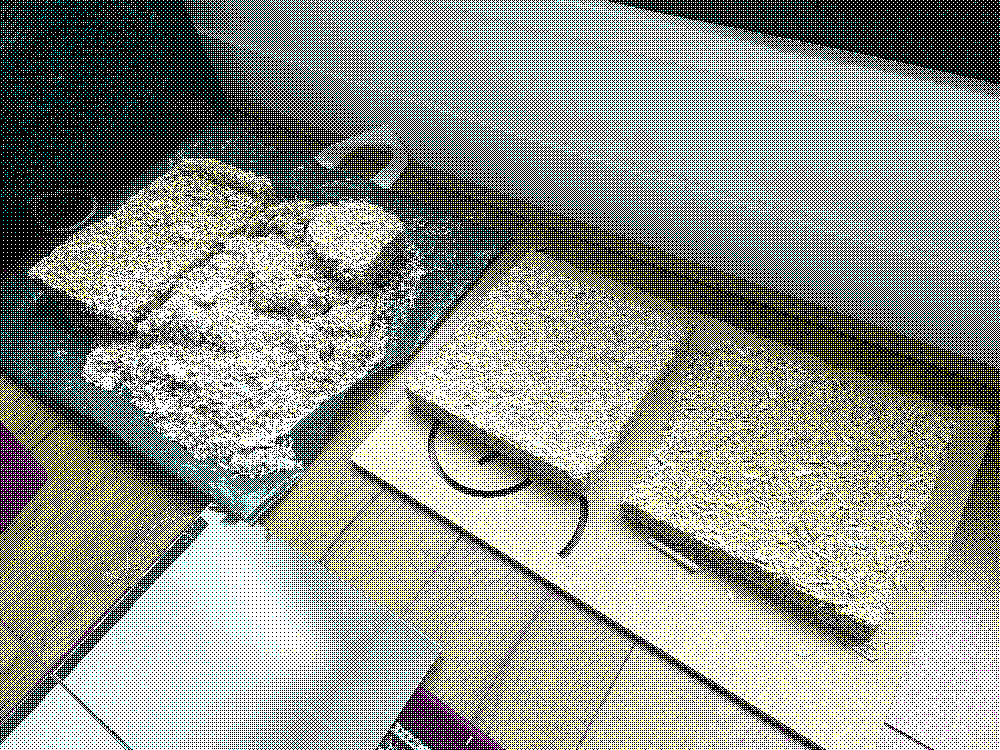Hemp is a versatile and sustainable material capable of absorbing a significant amount of CO2 per
hectare. By combining hemp shives with a lime binder, hempcrete is created, a material that combines the
strength of concrete with the flexibility of clay. This material naturally regulates heat and moisture,
is carbon-negative, and biodegradable.
Within the spatial design for the Finals, hempcrete can be utilised in various ways. For example, it can
be used to create pedestals made of high-quality natural materials. This ensures that the design aligns
closely with the overarching narrative central to the exhibition; the introduction to the Symbiocene.
By choosing hempcrete as a building material, not only is a sustainable and environmentally friendly
choice made, but also a statement about the importance of natural materials in contemporary design. The
use of hempcrete contributes to a more circular and responsible approach to the construction sector,
demonstrating the potential of innovative materials that can aesthetically and functionally enhance the
design process.
The first experiment was largely successful, but the proportions were not quite correct (two parts hemp,
one part lime, and one part water). The mix was too dry, causing the materials to not adhere well to
each other and resulting in an unsolid block.
